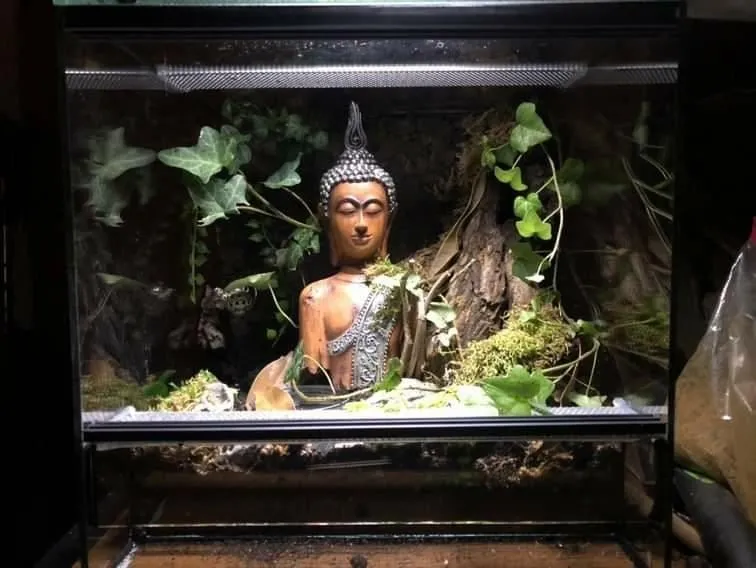Choosing the Right Tarantula Terrarium
Creating a thriving bioactive terrarium for your tarantula is an exciting journey that begins with selecting the appropriate enclosure. The right terrarium provides a suitable environment for your arachnid to flourish, mimicking its natural habitat and promoting its well-being. Considerations extend beyond mere size, encompassing aspects such as ventilation, ease of access for maintenance, and aesthetic appeal. Investing time in choosing the ideal terrarium is a crucial step towards creating a happy and healthy home for your tarantula, ensuring it thrives in its artificial ecosystem. A well-chosen terrarium lays the foundation for a successful bioactive setup, offering a visual treat and the correct environment for your tarantula.
Size Considerations
The size of the terrarium is paramount, directly impacting the tarantula’s quality of life. A terrarium that is too small can restrict movement, leading to stress and health issues. As a general rule, the enclosure should be at least twice the tarantula’s leg span in width and length, with adequate height for burrowing and potential climbing. For terrestrial species, prioritize floor space over height, whilst arboreal species require more vertical space. Remember that tarantulas grow, so consider the adult size of your tarantula when selecting the terrarium. Providing ample space allows for natural behaviors, such as burrowing, webbing, and hunting, and contributes to the animal’s overall well-being and a more captivating display.
Material Options
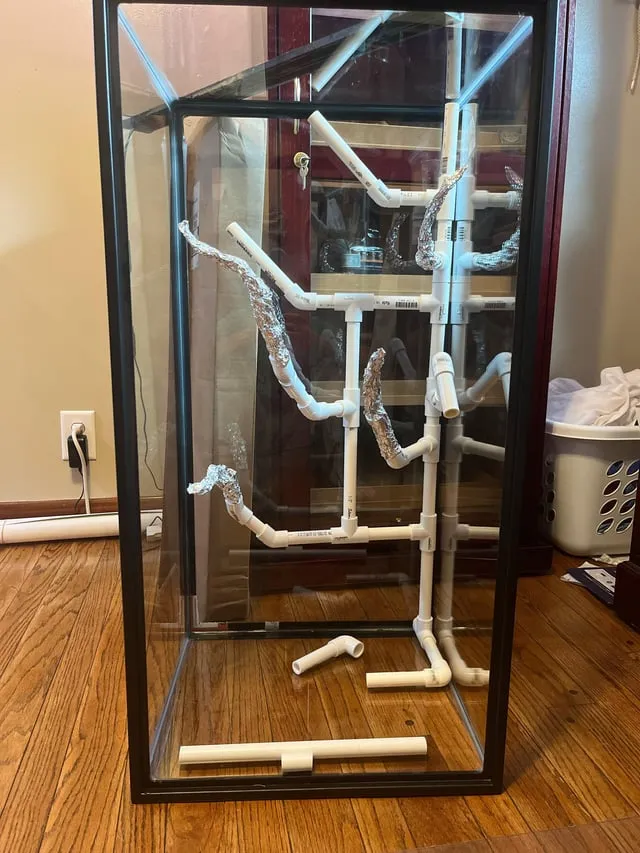
Terrariums are available in various materials, each with its advantages and disadvantages. Glass enclosures are popular due to their clarity, allowing excellent viewing, and are also easy to clean. Acrylic terrariums are lighter and offer better insulation, but they can scratch more easily. Mesh-topped enclosures provide excellent ventilation but can lead to humidity issues if not managed properly. The choice of material often depends on your personal preferences, the specific needs of your tarantula species, and the overall aesthetics you desire for the terrarium. Consider the material’s durability, ease of cleaning, and its ability to maintain the necessary temperature and humidity levels before making a decision. Select a material that enhances the terrarium’s functionality and visual appeal.
Substrate Selection for Your Tarantula
The substrate forms the foundation of your bioactive terrarium, serving multiple critical roles beyond just providing a surface for your tarantula to walk on. It facilitates burrowing, regulates humidity, and supports the growth of beneficial organisms that contribute to the ecosystem’s health. The correct substrate mix promotes a balanced environment, essential for your tarantula’s health and the overall success of the bioactive setup. It provides a naturalistic environment that encourages natural behaviors, reduces stress, and creates a visually appealing habitat that mimics the tarantula’s natural environment. Proper substrate selection is fundamental to a well-functioning, self-sustaining terrarium.
Ideal Substrate Mix
An ideal substrate mix for a bioactive tarantula terrarium typically includes a blend of materials. A common and effective mix consists of topsoil, peat moss or coconut fiber, sphagnum moss, and a small amount of sand. The topsoil provides essential nutrients, while peat moss or coconut fiber retains moisture, helping maintain the humidity level. Sphagnum moss helps with moisture retention and offers a surface for microfauna to thrive. The addition of sand can improve drainage and texture. The ratios of these components can be adjusted based on the specific needs of your tarantula species, but a general guideline is to aim for a substrate that is well-draining, retains moisture, and provides a good anchor for burrows and plant roots. This combination of different substrate materials is paramount for creating a balanced ecosystem.
Why Substrate Matters
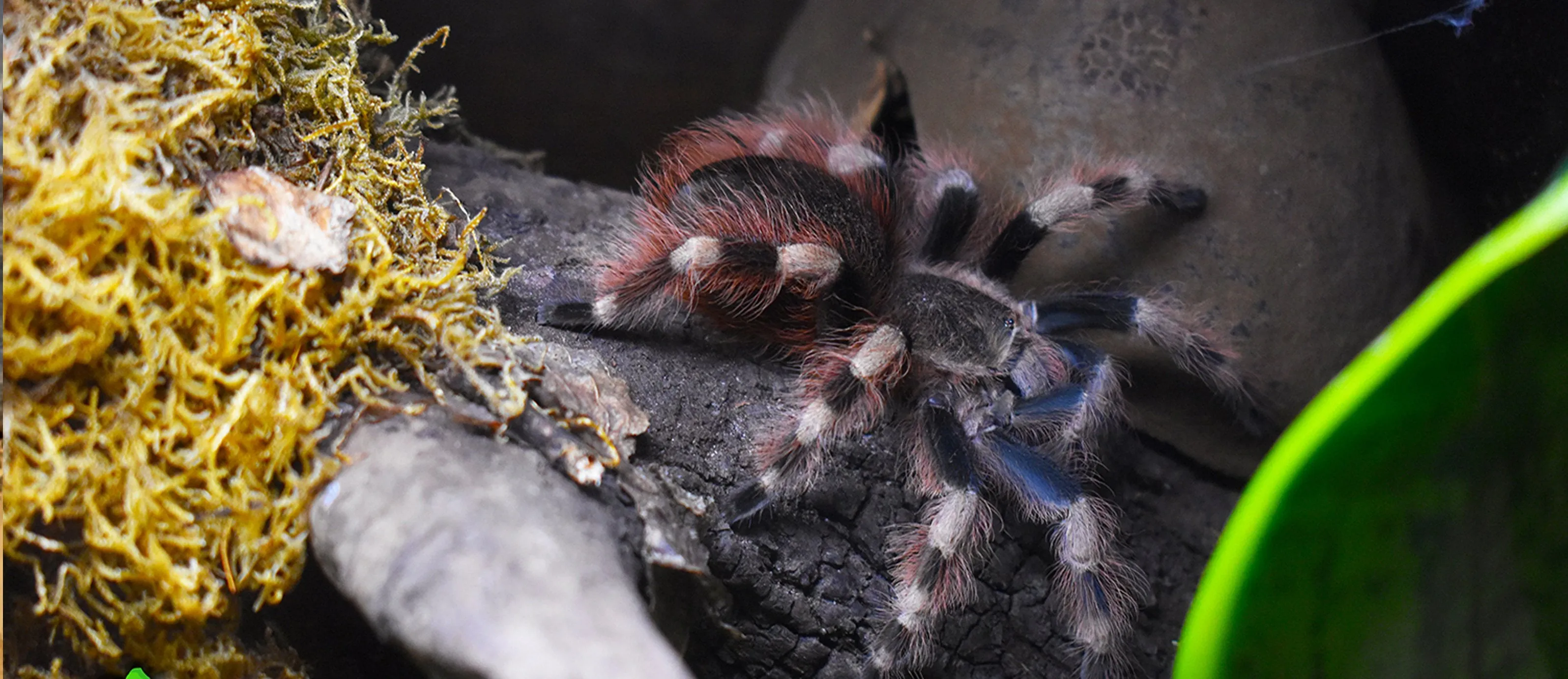
The substrate’s importance extends beyond its physical properties; it is a key element in the bioactive setup. The substrate is where beneficial organisms, such as springtails and isopods, reside and play an essential role in breaking down waste, preventing mold, and cycling nutrients. The correct substrate mix supports these organisms, creating a self-cleaning environment that reduces the need for manual cleaning. Furthermore, the substrate provides a naturalistic environment, encouraging the tarantula to exhibit its natural burrowing and hunting behaviors, reducing stress, and contributing to its overall well-being. A well-chosen substrate directly impacts the health of your tarantula and the overall success of the bioactive terrarium. The choice of substrate is critical to creating a balanced and self-sustaining environment.
Setting Up the Bioactive Components
Introducing the bioactive components is a key aspect of creating a self-sustaining terrarium environment. Bioactivity involves introducing a collection of living organisms that work together to maintain the cleanliness and health of the enclosure. This is typically achieved by adding springtails and isopods, small invertebrates that act as the clean-up crew, consuming waste, decaying organic matter, and helping to break down the substrate. Creating a bioactive setup aims to mimic a natural environment, reducing the need for manual cleaning and creating a more enriching environment for your tarantula. The addition of these elements starts the process of creating a balanced ecosystem in your terrarium.
Adding Springtails and Isopods
Springtails and isopods are the primary clean-up crew in a bioactive terrarium. Springtails are tiny, wingless insects that thrive in moist environments. They feed on mold, fungi, and decaying organic matter, keeping the substrate clean and preventing the buildup of harmful substances. Isopods, often referred to as “pill bugs” or “roly-polies,” are small crustaceans that also consume decaying matter, helping to break down waste and aerate the substrate. Before adding these organisms, ensure the substrate is properly prepared and the terrarium’s humidity and temperature are suitable. Introduce a sufficient population of springtails and isopods to establish a robust clean-up crew. Providing leaf litter and other organic matter will give them a food source and contribute to their population growth. They are essential for the health and cleanliness of your terrarium.
Introducing Plants
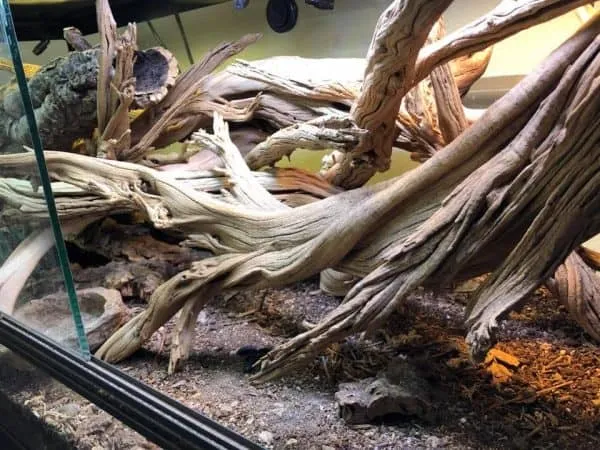
Plants add aesthetic value and play a significant role in the bioactive terrarium ecosystem. They help to regulate humidity, provide hiding places for your tarantula, and offer a source of food for the clean-up crew. When selecting plants, choose species that are safe for tarantulas, thrive in the terrarium’s conditions, and are not toxic. Popular choices include pothos, snake plants, ferns, and certain types of moss. Plant the plants in the substrate before introducing your tarantula. Ensure the plants are well-established and have adequate drainage. Incorporating live plants transforms a functional enclosure into a visually appealing and enriching habitat for your tarantula, providing a naturalistic environment that supports the health and well-being of the tarantula and the other organisms in the terrarium.
Essential Decor and Features
Beyond the substrate and bioactive elements, essential decor and features are necessary to create an enriching and stimulating environment for your tarantula. These features mimic its natural habitat, providing shelter, and enrichment, and helping it to feel secure. The right decor promotes the well-being of your tarantula, encouraging natural behaviors and reducing stress. Considering that these elements are carefully selected and arranged is crucial for the success of the terrarium.
Water Dish and Humidity Control
A water dish is a necessity for providing your tarantula with access to fresh water. Choose a shallow dish to prevent the tarantula from accidentally drowning. Ensure the water is always available and clean, replacing it frequently. In addition to a water dish, maintaining proper humidity levels is critical. This can be achieved through substrate selection, regular misting, and providing adequate ventilation to prevent the buildup of mold. The humidity level should be based on the species’ specific needs. Monitor the humidity with a hygrometer. This ensures your tarantula stays hydrated and healthy. The combination of water and humidity is crucial for their well-being, supporting their hydration needs.
Hiding Spots and Climbing Structures
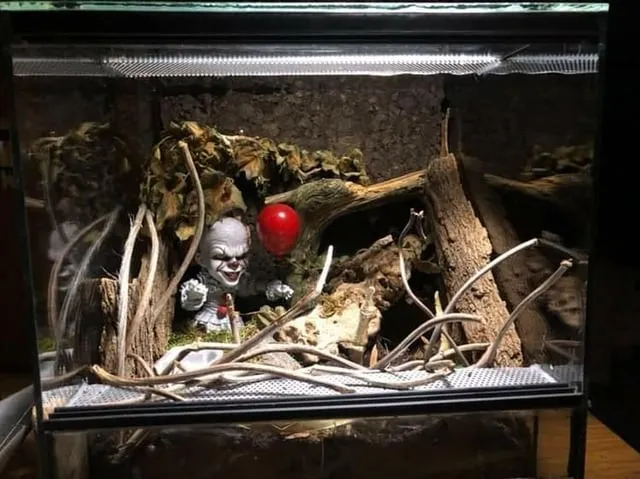
Tarantulas are naturally shy creatures, and providing hiding spots is essential for their sense of security. Cork bark, hollow logs, and artificial caves are excellent choices. Position the hiding spots in different areas of the terrarium so the tarantula can retreat and feel safe. Climbing structures are beneficial for arboreal species, such as branches and artificial vines. They provide opportunities for exploration and exercise. The correct type of decor will provide enrichment and reduce stress. Ensuring your tarantula has the opportunity to retreat and express its natural behaviors will contribute significantly to its well-being. Choosing the right decorations for the terrarium will offer a secure and stimulating environment for the tarantula.
Maintenance and Care
Proper maintenance and care are necessary to keep your bioactive terrarium thriving and your tarantula happy and healthy. This involves consistent monitoring of environmental conditions, regular feeding, and thoughtful cleaning. A well-maintained terrarium offers a stable and stimulating environment that supports the long-term health and well-being of your tarantula. Regular maintenance helps maintain the balance of the ecosystem. It contributes to the longevity of your setup.
Watering and Misting
Watering and misting are essential aspects of maintaining proper humidity levels in the terrarium. The frequency of watering will depend on the species, the substrate, and the ventilation. Generally, mist the enclosure with dechlorinated water 1-2 times a week. Ensure that the substrate remains slightly moist, but avoid oversaturating it. Keep the water dish full and clean. The amount of humidity required varies depending on your tarantula’s species, and monitoring your levels is important. The right level of moisture will help with the molting process and overall health of your tarantula. These practices are essential for maintaining the environment.
Monitoring Humidity and Temperature
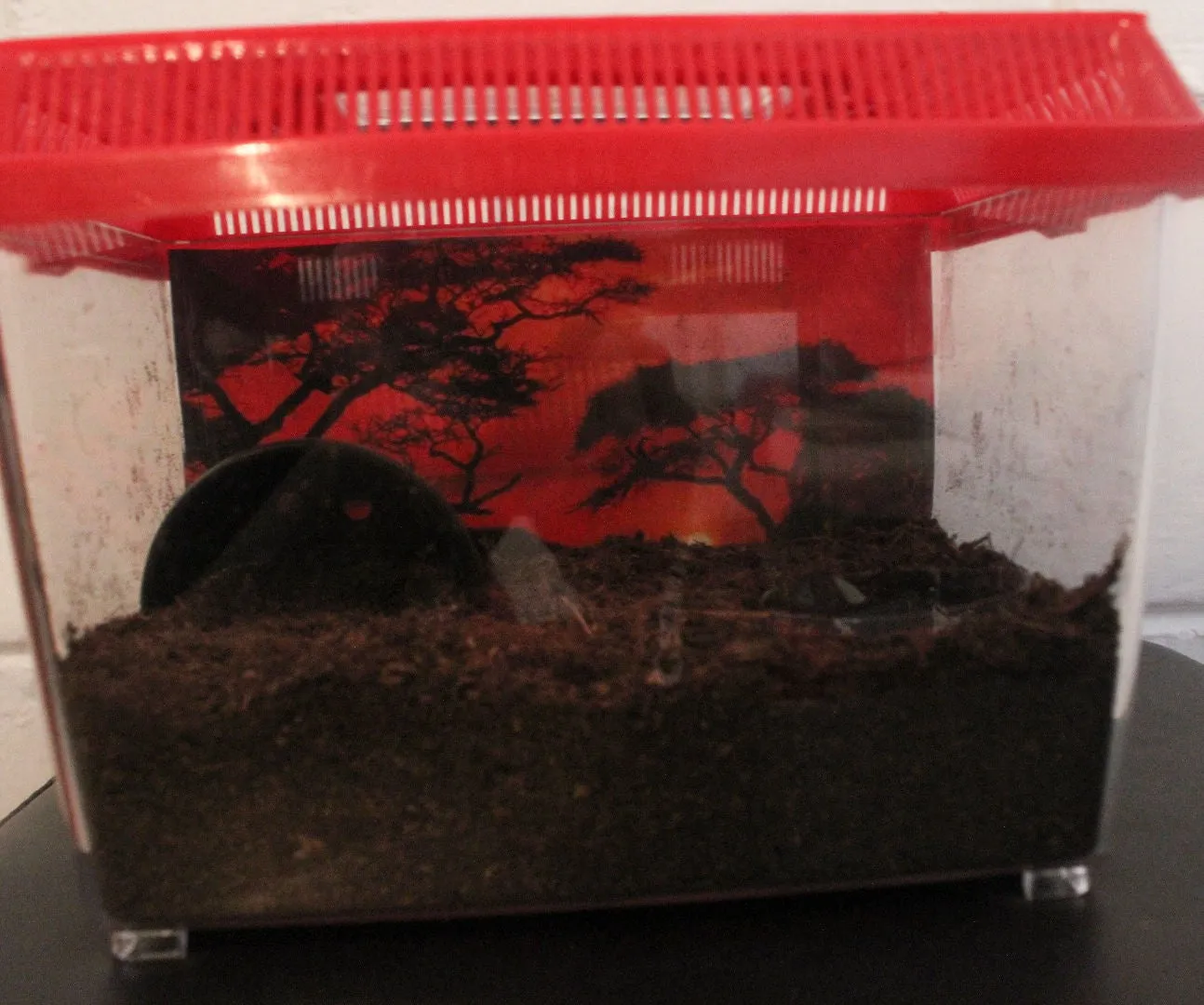
Regularly monitoring humidity and temperature is crucial for ensuring a suitable environment for your tarantula. Use a hygrometer to monitor humidity and a thermometer to monitor the temperature. Keeping track of these levels is important for your tarantula’s health and comfort. These levels should mimic the tarantula’s natural habitat. Adjust the heating and humidity levels based on your readings. If you notice the humidity or temperature going outside of the recommended range, make adjustments to your misting schedule or ventilation, or add a heat source. This is especially true for a bioactive terrarium, as humidity will affect the health of the clean-up crew. Proper monitoring ensures that your terrarium provides the ideal environment for your tarantula to thrive.
Feeding Your Tarantula
Feeding your tarantula is a straightforward process, but it is crucial to provide the correct diet and feeding schedule. Tarantulas are carnivorous and typically eat insects, such as crickets, roaches, and mealworms. Feed your tarantula according to its age and species. Young tarantulas may need to be fed more frequently than adults. Observe the tarantula’s feeding behavior. If your tarantula is not eating, there may be something wrong with the terrarium. Remove any uneaten food after 24 hours to prevent mold or mites. Adjust the diet and feeding schedule as needed. Proper nutrition is essential for growth, molting, and overall health. Providing the correct diet, size, and quantity will help your tarantula thrive and remain healthy in its habitat. Consider including a variety of insects to ensure proper nutrition, and always ensure that the prey is smaller than the tarantula itself to prevent any risk of injury.
